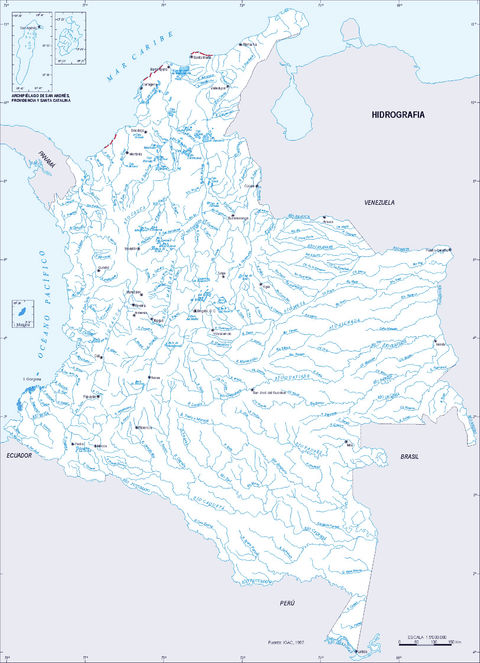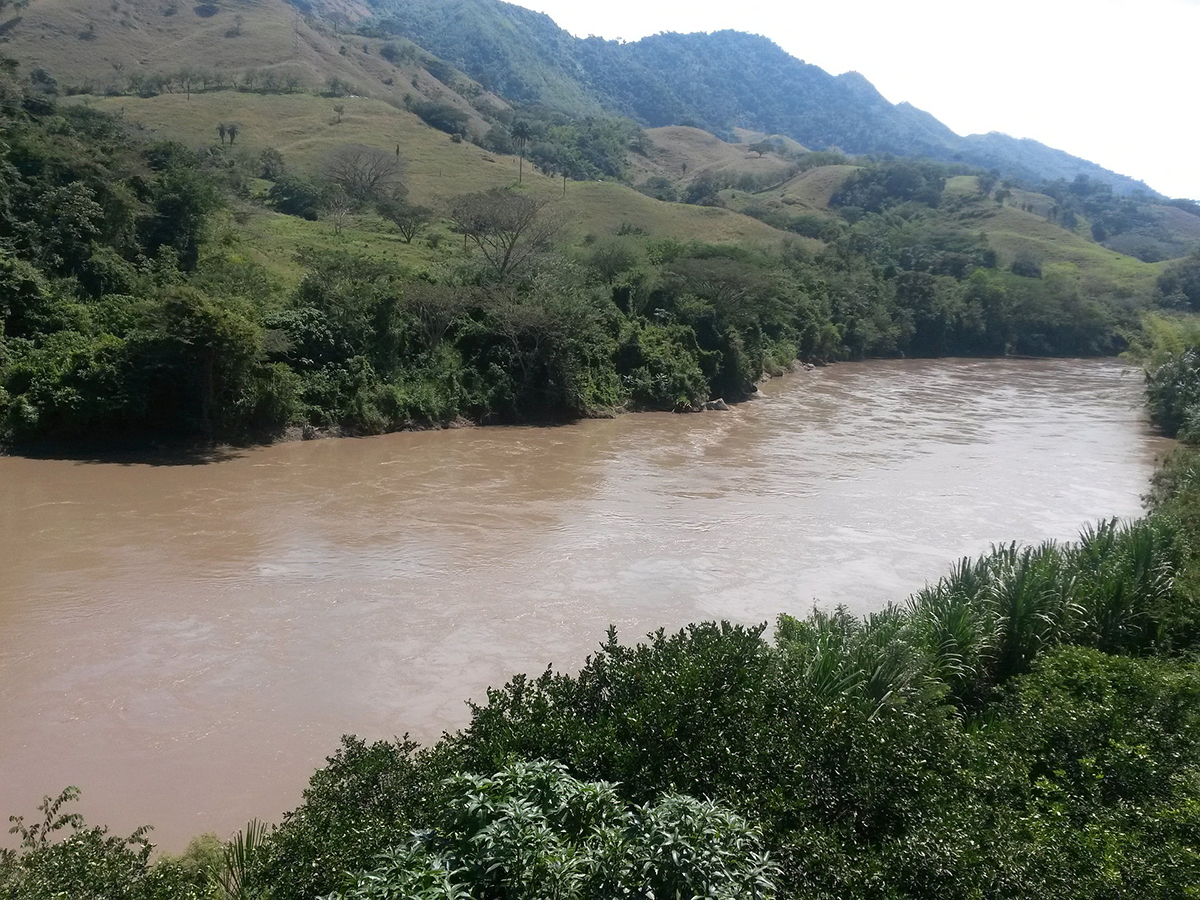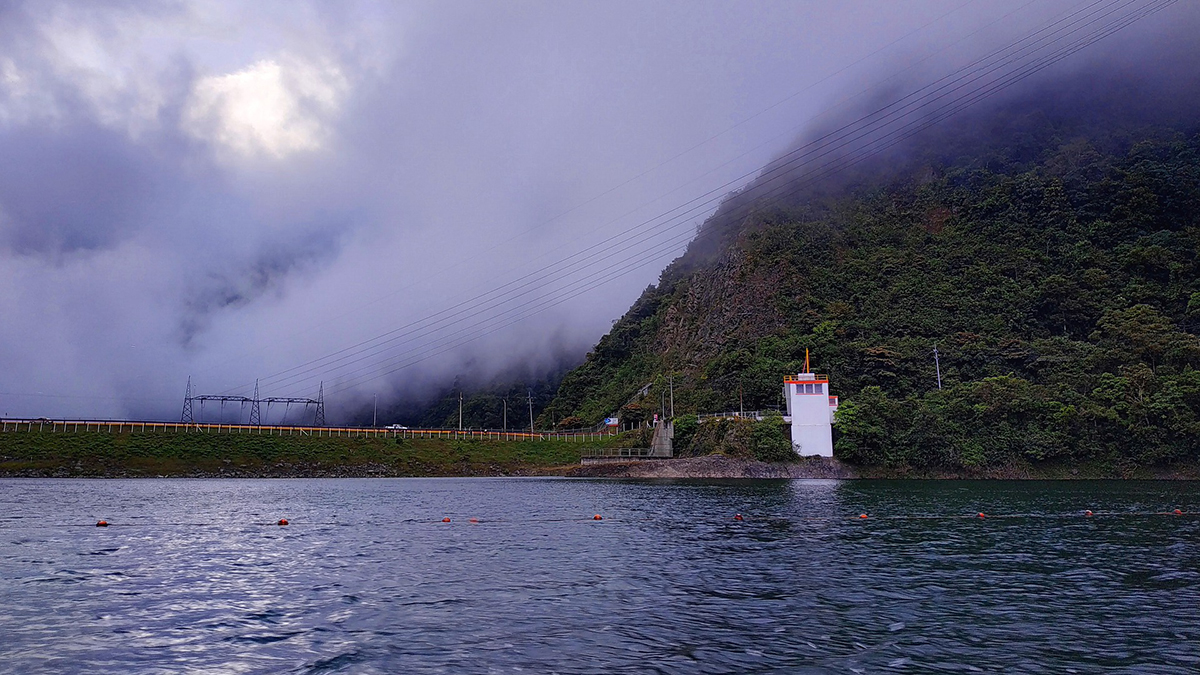Colombia

Colombia is home to 46 million people and covers an area of 1,138,910 km². It is located in the north of South America and is crossed in the south of the country by the equator line. Colombia does not have year seasons, but dry und rainy alternating periods of about 3 months each. On the other hand, Colombia enjoys a wide range of thermal levels from the coast areas along Caribbean Sea and Pacific Ocean, up to glaciers over 5000 meters above sea level. The average annual precipitation is 500 to 3,240 mm but varies greatly from year to year and from place to place. The driest region is located in the municipality of Uribia in the Guajira Peninsula, with an average annual rainfall of 267 mm. The Choco region is the wettest, where precipitation exceeds 9,000 mm per year. Colombia is crossed by the Andean chain of mountains from south to north, influencing the western part of the country, with an area of about 500,000 km². At the south side of the region, the Andean chain diverts into three branches (cordilleras): Western, Central and Eastern cordillera, separated by wide valleys or high plateaus.

Hydrographical map of Colombia (Provided by CELAPEH)
Thousands of rivers arise from these 3 branches and flow down through the valleys, constituting one of the largest hydropower potentials in the world. Additionally, Colombia shares the Amazonian region with other 4 countries which significantly increases the hydropower potential. The biggest rivers include the Magdalena, Cauca, Caquetá, Putumayo, Guaviare, Meta and Atrato.

Rio Cauca, Colombia
In the mountainous areas, torrential rivers on the slopes produce large hydroelectric power potential and add their volume to the navigable rivers in the valleys. By 2015, 9,139 river basins had been evaluated and grouped into six hydrological areas, divided into sixteen hydrological regions, which include a total of 56 hydrological zones. Many of the above mentioned 9,139 river basins, which include thousands of small effluents, are suitable for large and small hydropower developments. Colombia has the sixth largest hydropower potential in the world.
Hydropower plays already a large role in Colombia and contributes around 70 % of the national installed capacity. The national electrification rate is given with 100 % access in urban areas. In rural areas the rate is lower, decreasing to 90 %.

HPP Lake Calima (120 MW), Colombia
Despite the big hydropower potential, comprehensive data regarding small hydropower potential is not available. Large numbers of potential sites have not been evaluated (or even identified) because they are mostly located in the upper parts of basins, with very difficult access. HYPOSO will investigate the possibilities to provide reliable information for the most promising sites. Furthermore, there are numerous abandoned hydropower plants in Colombia. HYPOSO will analyse the availability of these sites and elaborate concepts to refurbish suited sites with the help of the European hydro industry.
